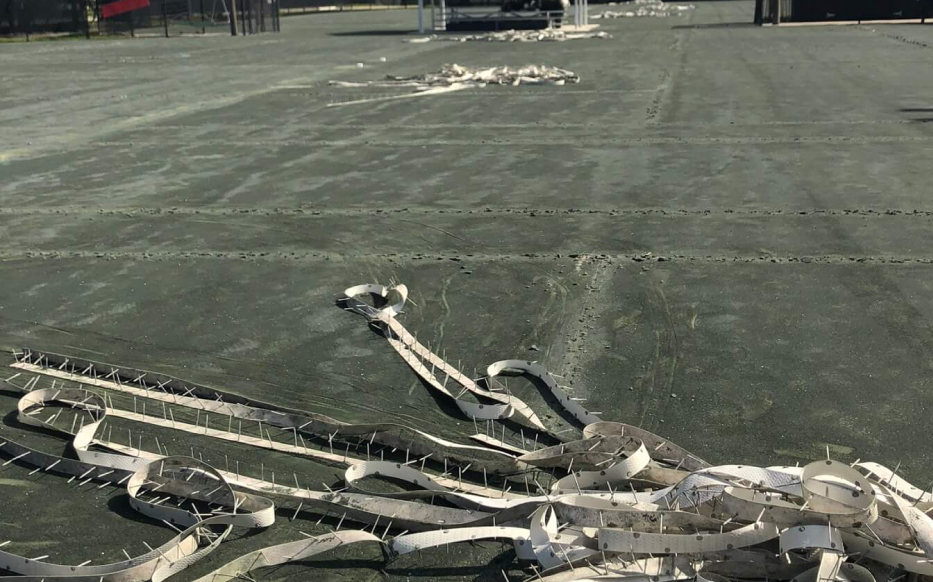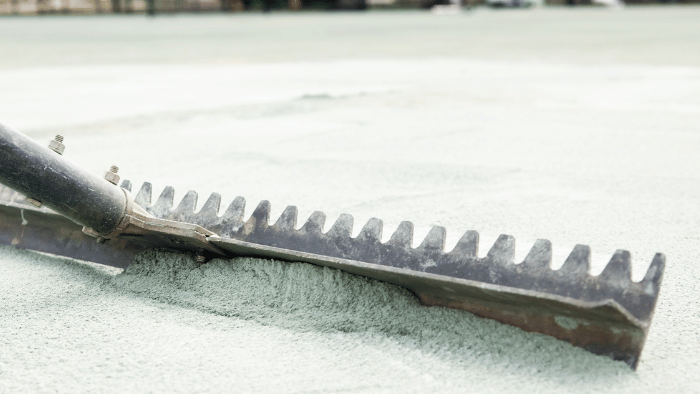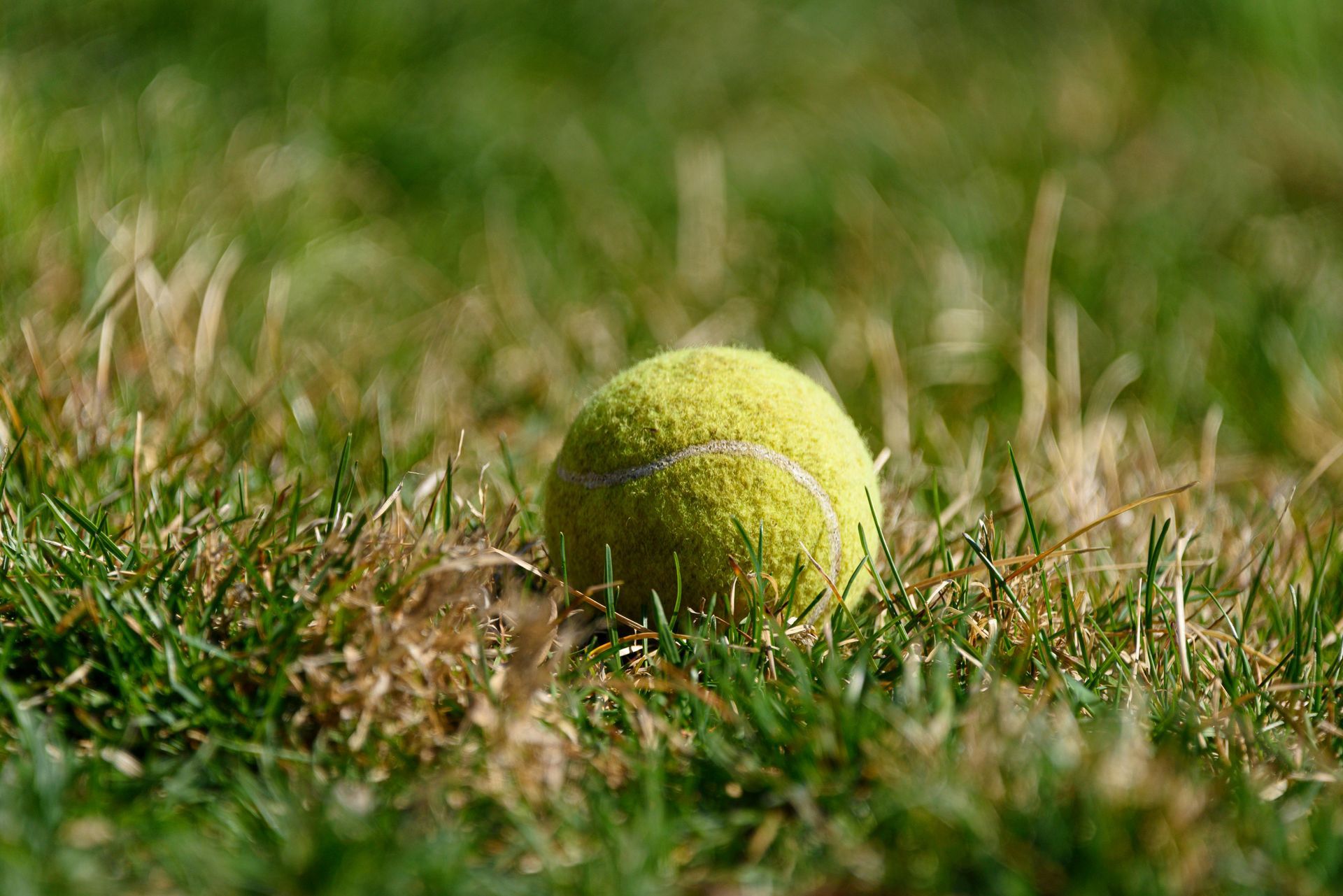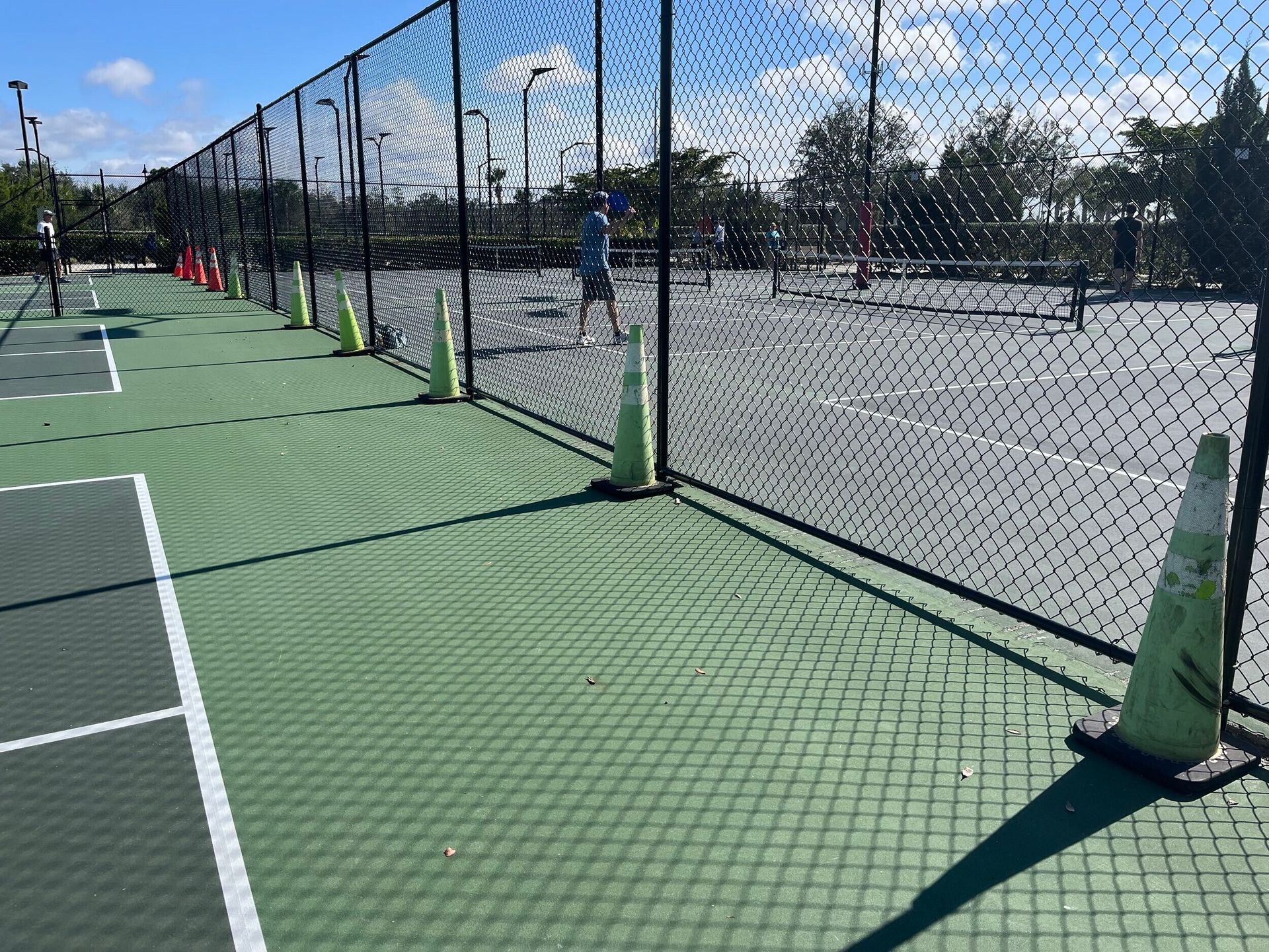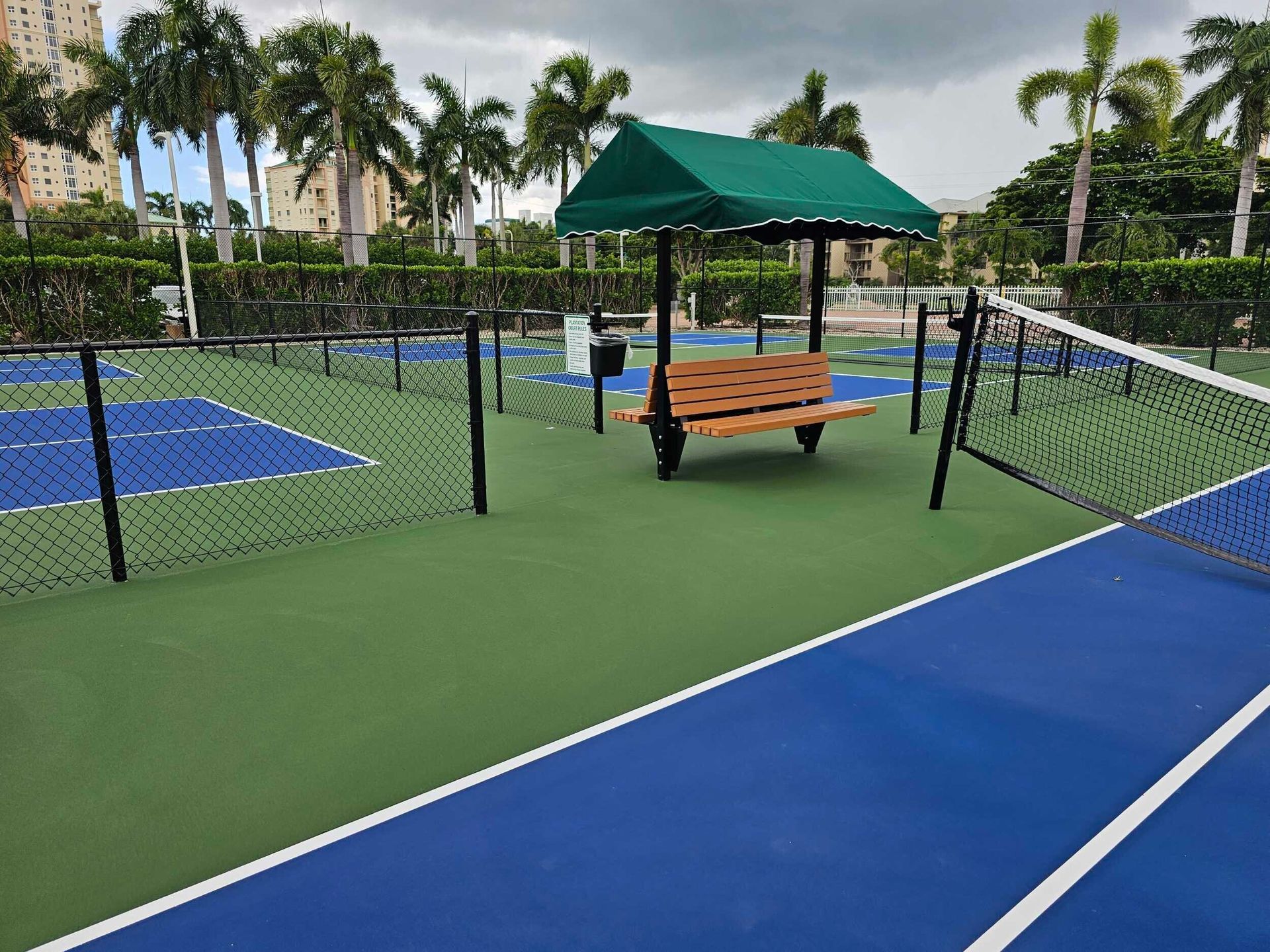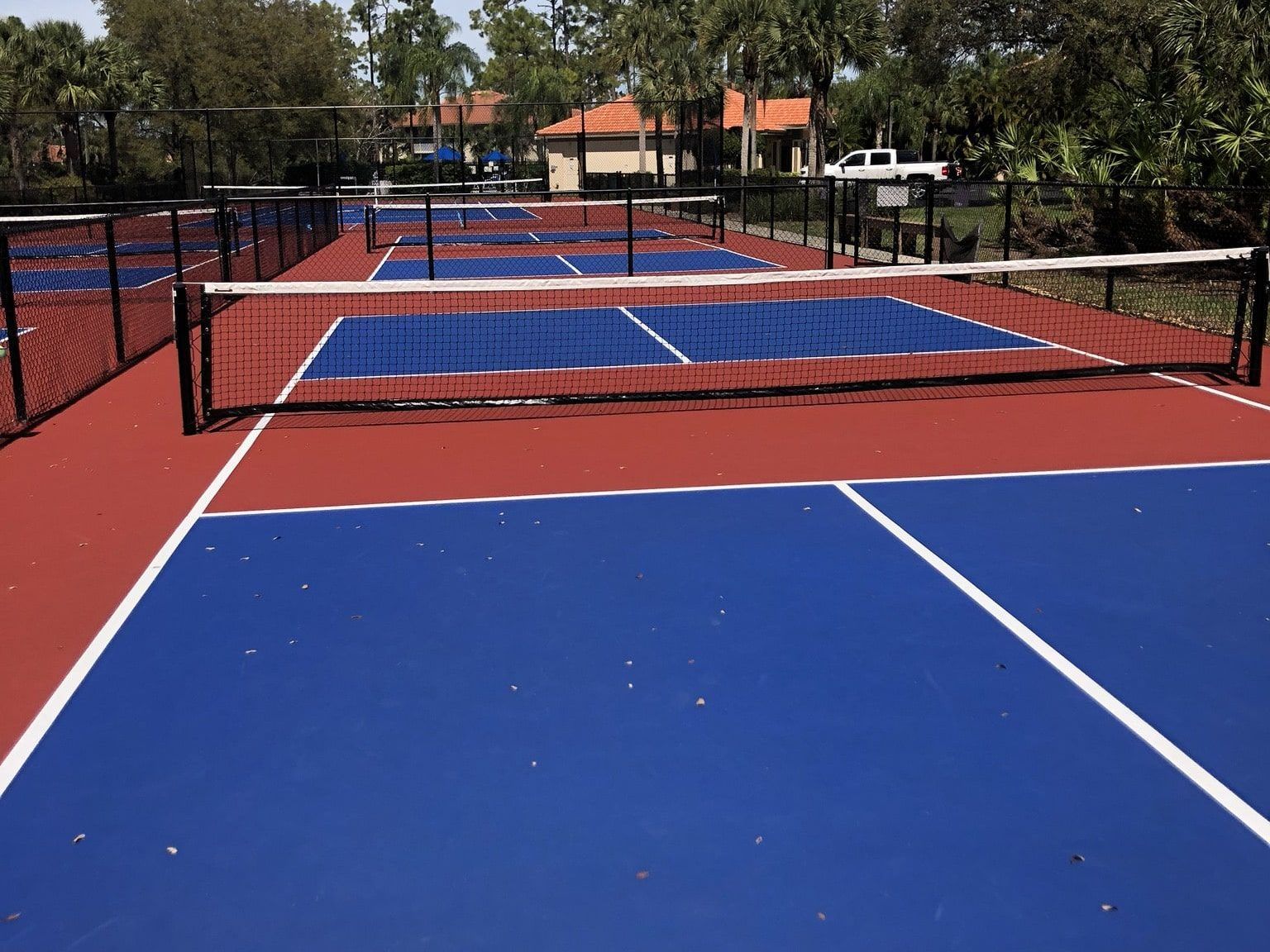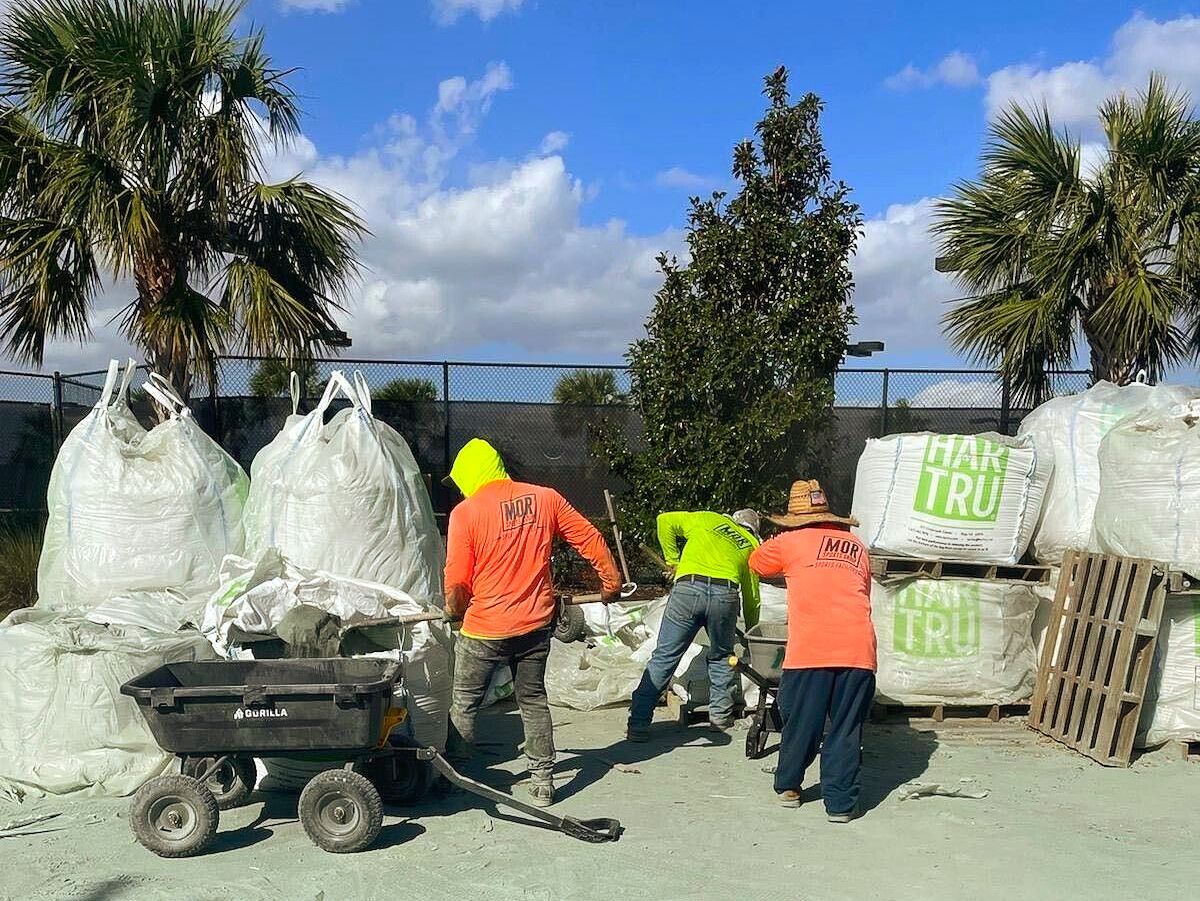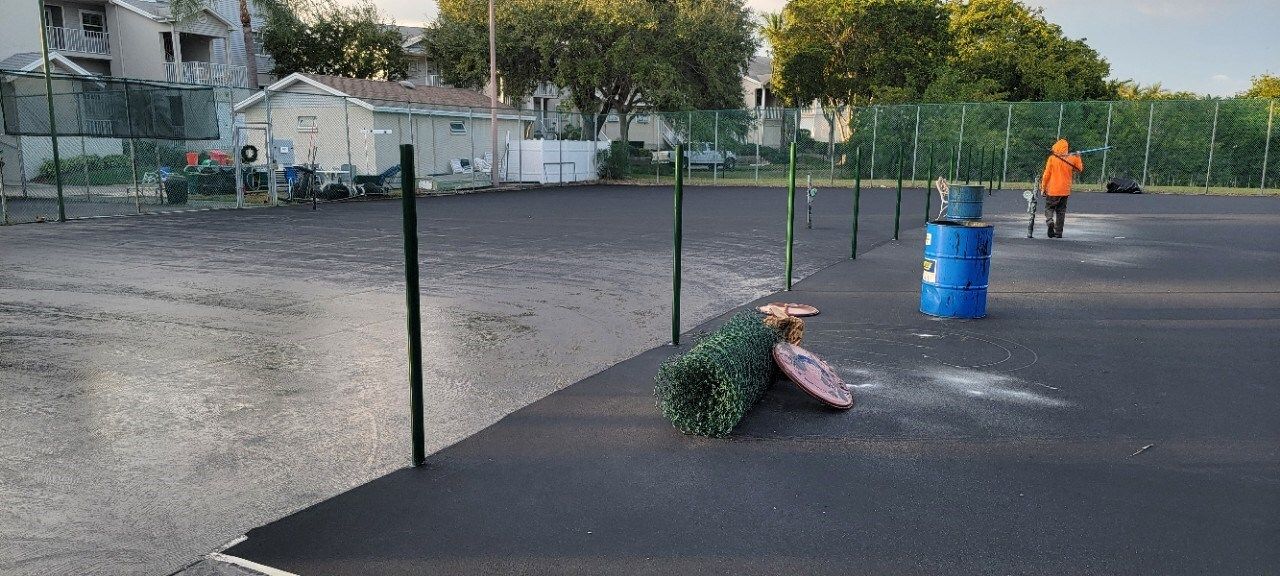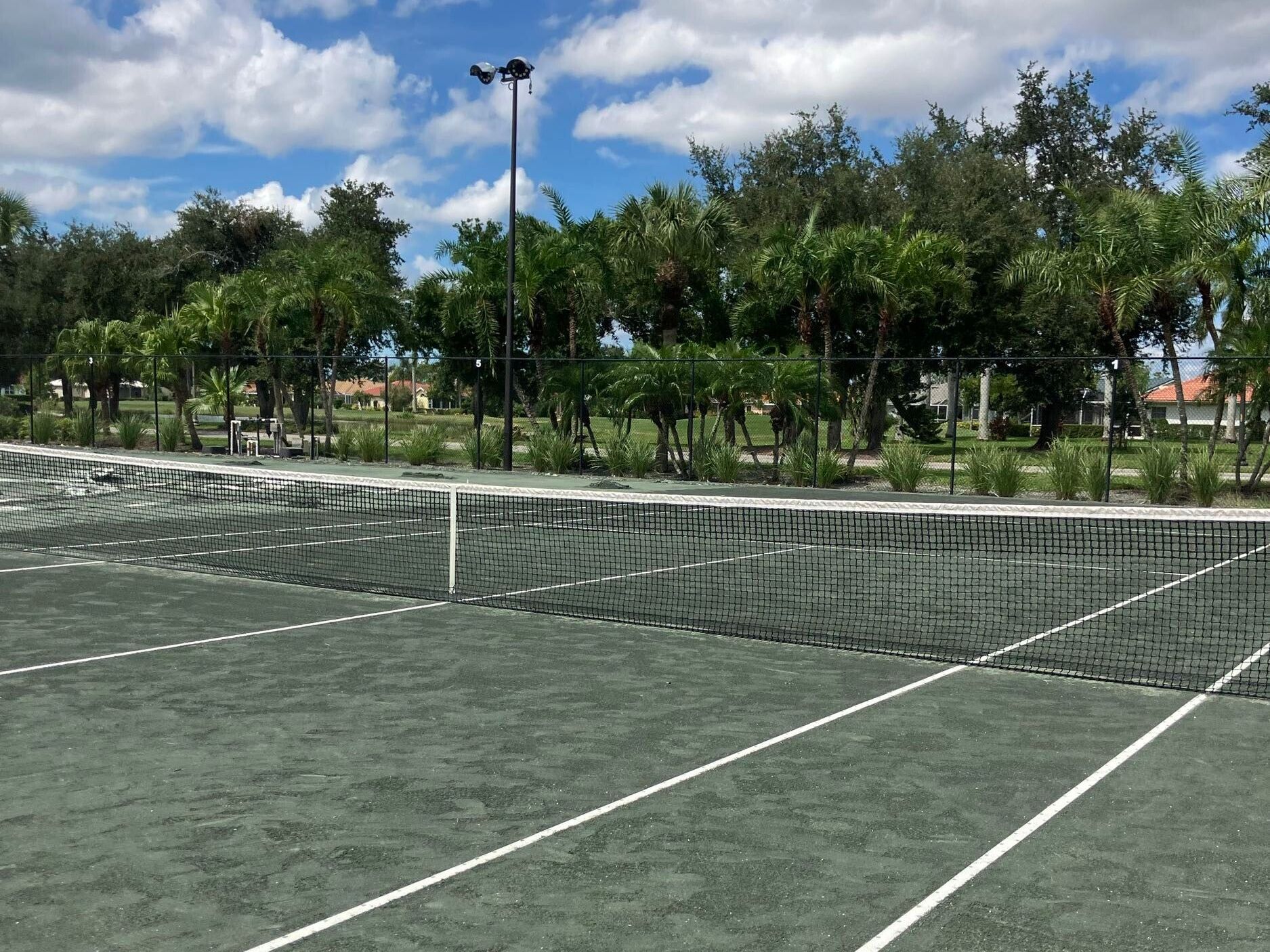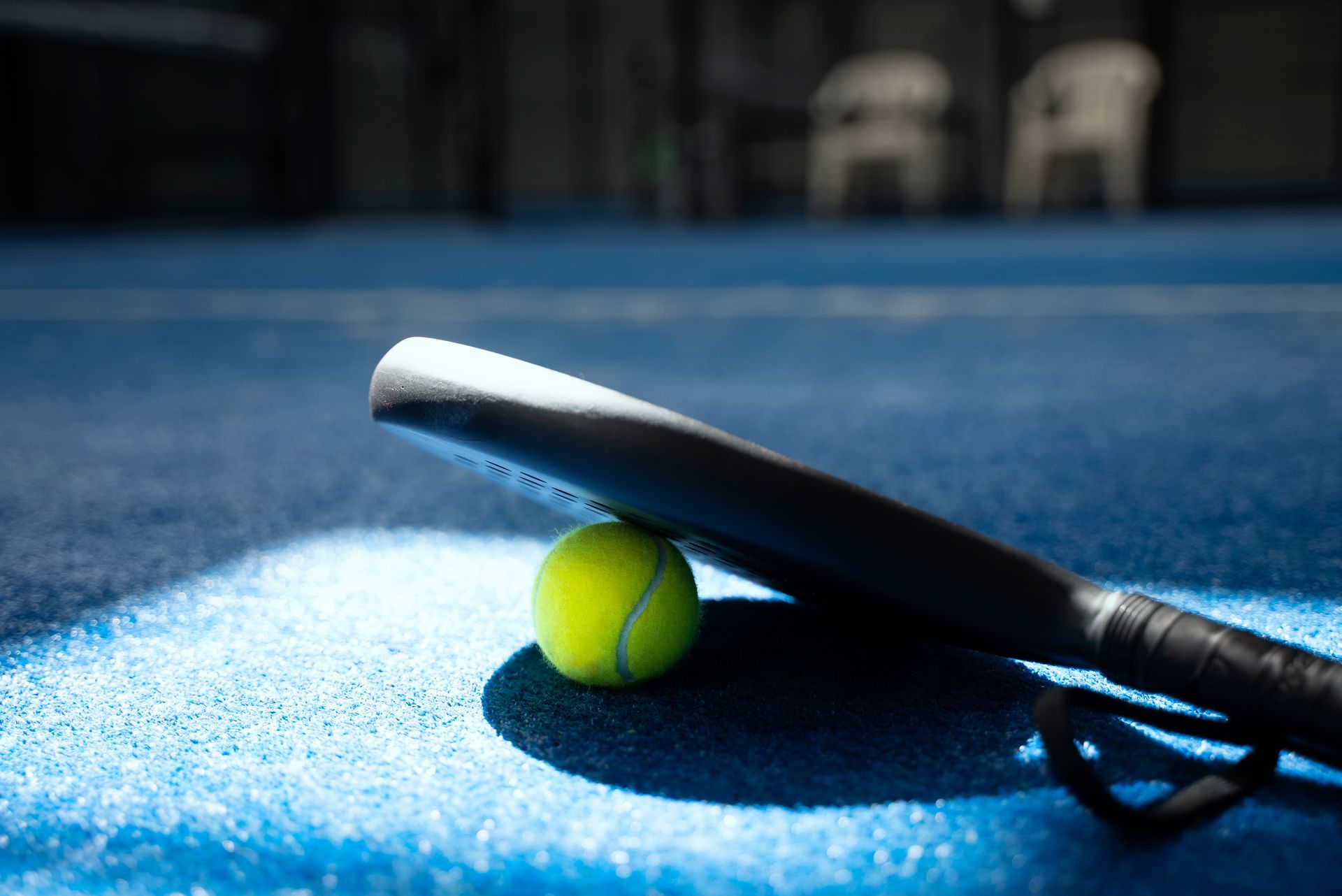Crushed Stone vs Sand: Best Choice for Bocce Courts
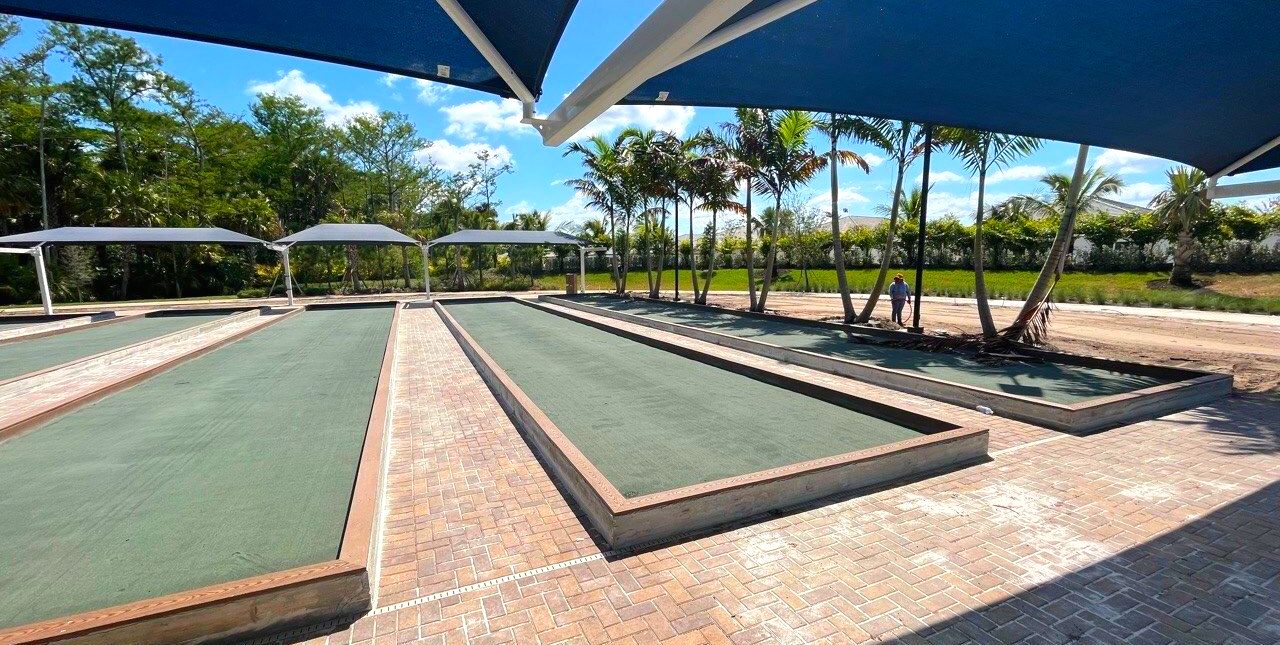
Building a bocce court is exciting, but choosing the right surface material can be challenging. The surface plays a huge role in how the game is played, from ball roll to maintenance. Two popular options for bocce court surfaces are crushed stone and sand. Let’s dive into their differences and help you make the best choice for your bocce court.
Understanding Bocce Ball Court Surface Requirements
A bocce court surface isn't just about aesthetics. The material you choose can impact gameplay, maintenance needs, and even how long the court lasts. Knowing the basics will set you on the right path, whether you're building a backyard court or something more professional.
Why Surface Material Matters for Gameplay
The surface material influences how the ball rolls, its speed, and even the level of bounce. A fast, smooth roll makes gameplay more enjoyable and competitive. On the flip side, uneven or too-soft surfaces can frustrate players.
Surfaces with good drainage and compaction also reduce weather-related issues, ensuring the court remains playable after rain. The material should allow consistent performance for casual weekend games and a serious tournament.
Key Features of an Ideal Bocce Court Surface
An ideal bocce court surface has these characteristics:
- Firmness: The material should be compact to support a smooth roll.
- Drainage: A surface that doesn’t hold water keeps your court ready to play.
- Low Maintenance: Easy-to-maintain surfaces save time and effort.
- Longevity: Durable materials reduce the need for frequent repairs or replacement.
Crushed Stone for Bocce Courts
Crushed stone is a standout material for bocce court surfaces. Its durability and versatility make it a favorite among professional builders and homeowners.
Crushed stone is essentially rock broken down into smaller pieces combined with stone dust. The dust helps with compaction, making it a sturdy choice. The texture creates an even surface that enhances the gameplay experience. The benefits of using crushed stone for bocce courts are:
- Drainage: Crushed stone allows water to pass through, preventing puddles.
- Consistency: It provides a level surface for a straight ball roll.
- Durability: It can handle heavy use and weather extremes without degrading.
- Cost-Effectiveness: Especially when purchased in bulk, it’s an affordable option.
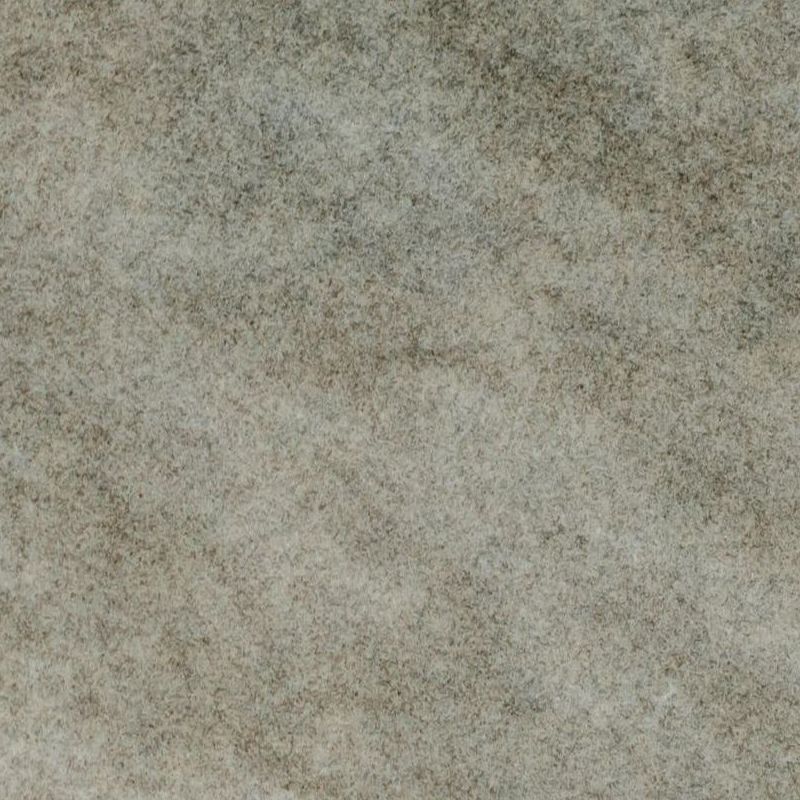
Crushed stone also resists erosion, which means fewer repairs over time.
Customization Options
This material comes in a variety of sizes and colors. Whether you prefer a rustic look with larger stones or a sleeker appearance with finer gravel, you can achieve your preferred aesthetic. For a traditional finish, many builders add oyster shell flour or red clay on top of crushed stone.
Installation Process
Installing a bocce ball court with a crushed stone surface requires careful planning and execution to ensure optimal performance and durability. By following these steps, you can create a professional-quality court that is both functional and visually appealing.
Here’s a step-by-step guide to help you through the process:
- Prepare the Site: Clear debris, level the ground, and mark the court dimensions.
- Add the Base Layer: Lay a compacted layer of larger crushed stones for stability.
- Top with Finer Gravel: Use smaller crushed stones and compact them to form the surface.
- Add Finishing Touches: Install borders and optional top layers like oyster shell flour.
Sand as a Bocce Court Surface Material
Sand is another common choice for bocce courts. While not as durable as crushed stone, it’s loved for its natural look and ease of installation. Here are some of its notable advantages:
- Affordable: Sand is often cheaper than other materials.
- Aesthetic Appeal: It blends beautifully into outdoor spaces.
- Traction: Sand surfaces provide good grip, reducing slips.
Limitations
Sand tends to shift underfoot, which can lead to uneven gameplay. Weather can also cause issues. Rain compacts sand too much, while dry conditions make it loose and uneven. Sand also requires frequent raking and occasional refilling to keep it level.
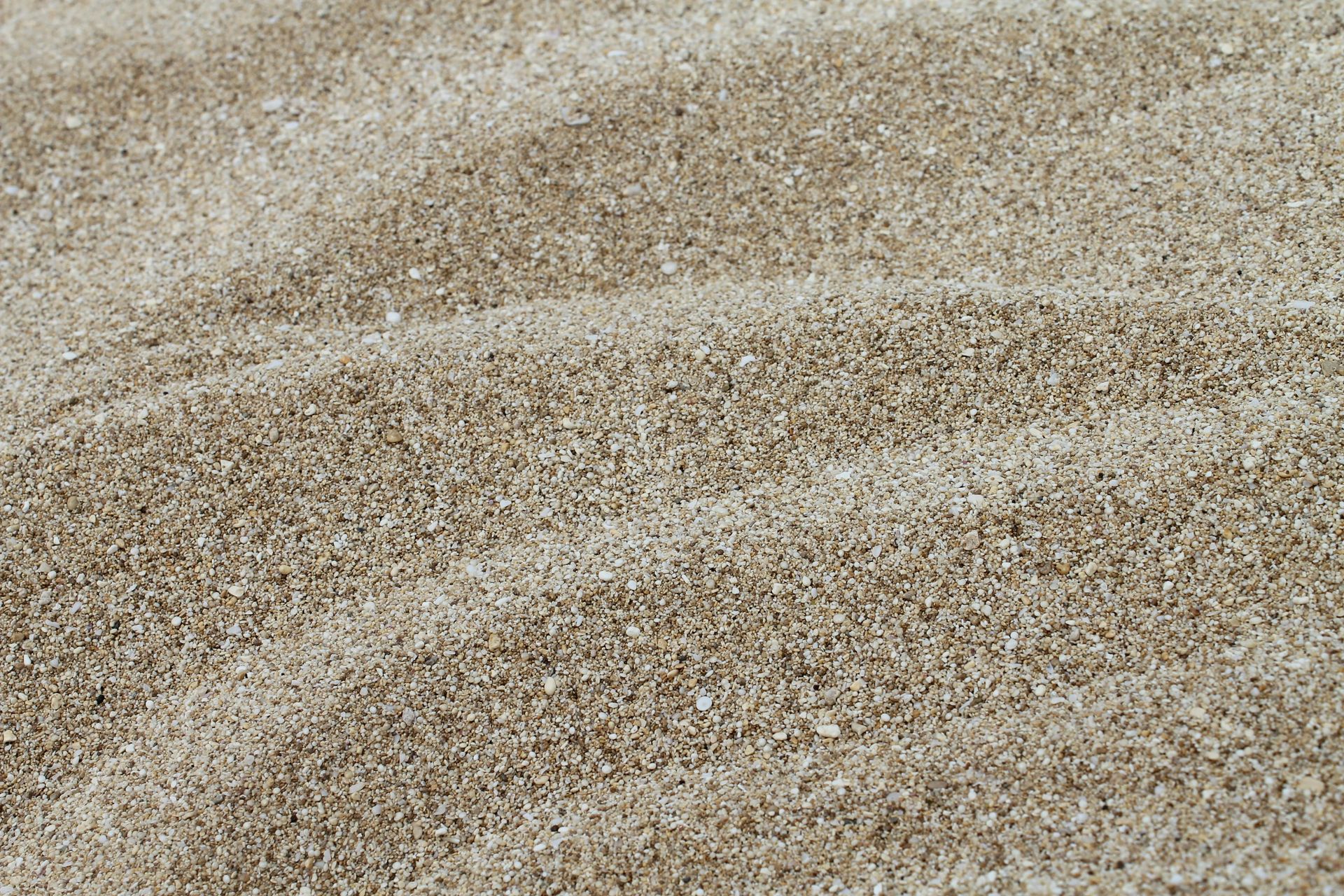
Choosing the Right Sand
Not all sand is created equal, and selecting the right type is crucial for a well-functioning bocce court. Coarse, angular sand is ideal because it compacts tightly, creating a stable, even surface that resists shifting during play.
In contrast, fine, rounded sand moves too easily, leading to unevenness and requiring frequent maintenance. The sand’s texture also impacts drainage, with coarser grains preventing water retention and ensuring a dry, playable court. For optimal results, consult professionals who can guide you toward high-quality options tailored to your needs and location.
Installation Process for Sand Bocce Courts
To prepare a sand bocce court, start by leveling the ground to create a flat and even playing surface. Build a sturdy frame around the perimeter to define the court area and contain the sand. Once the frame is in place, spread 4 to 5 inches of coarse sand evenly across the court. Use a plate compactor to firmly compact the sand, ensuring a smooth and stable surface for gameplay. As a finishing touch, add borders made of wood or stone around the court to secure the sand and give the court a finished and polished appearance.
Comparing Crushed Stone and Sand for Bocce Courts
Both materials have their pros and cons. The best choice depends on your specific needs, preferences, and budget.
Durability and Longevity
Crushed stone outlasts sand in terms of durability. It resists weathering and doesn’t require as much maintenance.
Maintenance Needs
Sand surfaces demand regular maintenance, including frequent raking, leveling, and refilling to maintain a smooth playing field. In contrast, crushed stone is far less demanding, as its compact structure provides a stable and durable surface that requires minimal upkeep over time.
Drainage and Weather Resistance
Crushed stone excels in drainage. Sand, while decent, compacts too much in wet conditions, which can affect gameplay.
Cost-Effectiveness
Sand is usually cheaper upfront but may cost more in the long run due to maintenance needs. Crushed stone is slightly more expensive initially but offers better long-term value.
Aesthetics and Customization
Both materials allow for customization. Crushed stone offers a wider range of colors and textures, while sand provides a softer, more natural look.
Which is the Best Choice for Your Bocce Court?
The best material for your bocce court depends on how you’ll use it, where it’s located, and how much maintenance you’re willing to do. Here are some considerations you need to consider based on your location and usage:
- For areas with heavy rainfall, crushed stone is a better choice due to its drainage properties.
- Sand is a good option for lighter recreational use or locations where aesthetics matter more than durability.
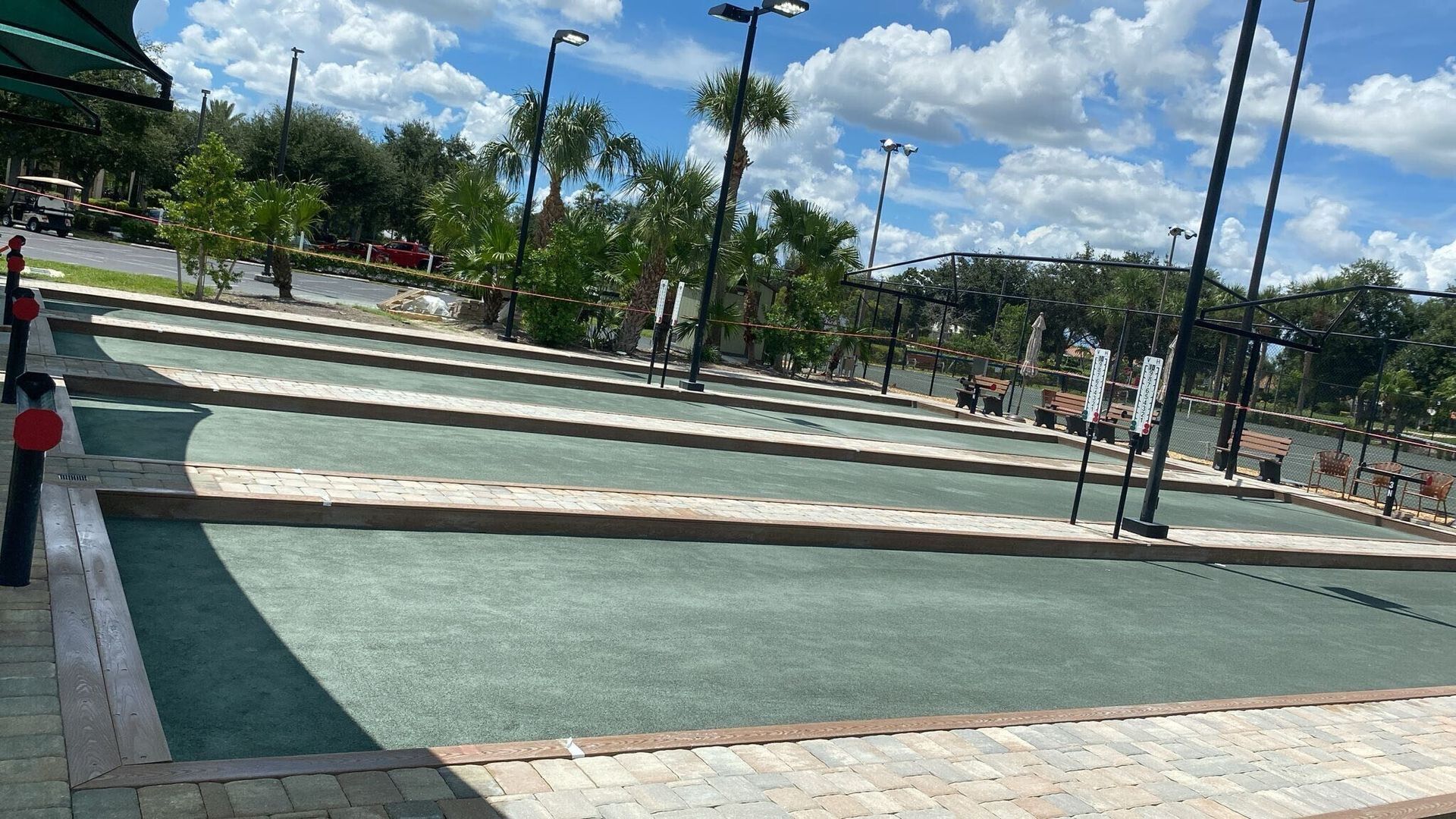
Balancing your budget and maintenance preferences is key when choosing a bocce court surface. If you’re still unsure about the best option for your bocce court, Mor Sports Group can surely help. They specialize in bocce court design and construction, offering tailored solutions to fit your space, budget, and gameplay preferences. Whether you’re leaning towards crushed stone, sand, or a combination of materials, their expertise ensures a professional-quality court that’s perfect for recreational or competitive use.
Conclusion
Both crushed stone and sand are excellent choices for bocce court surfaces, each with distinct advantages. Crushed stone excels in durability, drainage, and consistent play, while sand offers a more natural look at a lower upfront cost but requires frequent maintenance. Mor Sports Group provides customized design, construction, and materials for professional-grade courts to create the perfect playing surface. With thoughtful planning and quality materials, you can build a bocce court that offers endless enjoyment and stands the test of time.
